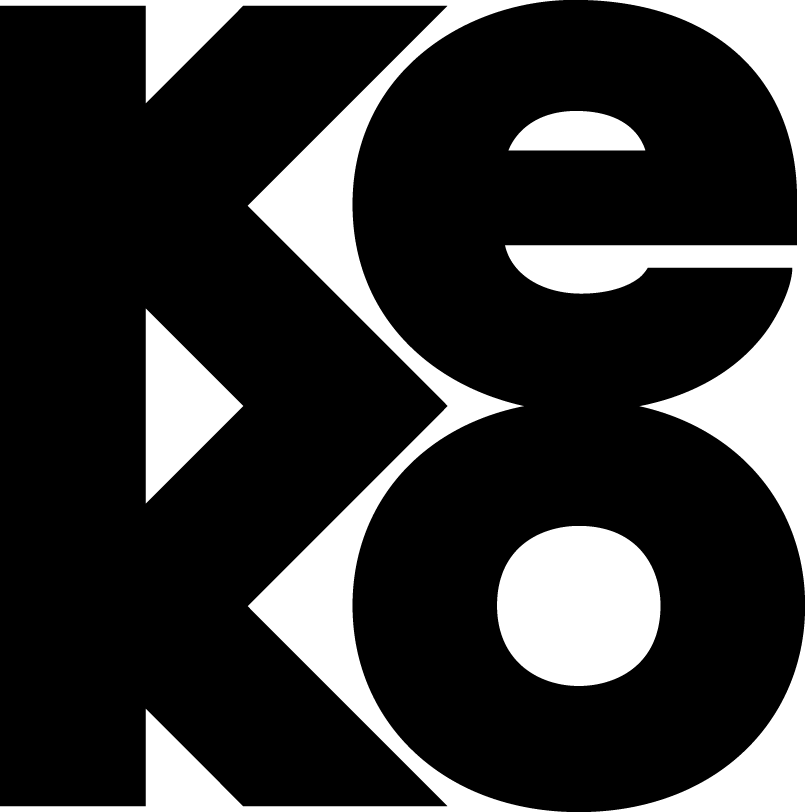By Naser Al-Khalaileh
How many different ways can you say love in English?
Take a moment to think about it.
Whatever your answer, it won’t match the Arabic – a language with 14 different words describing love, each with its own intensity and connotation. Because in Arabic, the love you feel for your siblings* is different than the love you have for a partner. And in a relationship, the love you feel at the beginning, when it’s all dreamy and dandy*, is different from the love you feel later on, while you’re doing the dishes.
That’s not a comment on the complexity of Arabic or the simplicity of English, but rather the uniqueness of each. In English, some terms can never be translated into Arabic – not with a single word at least. And some concepts just won’t make sense no matter how hard you try. While Arabic can express poetic notions like love in countless ways, there are countless words with no single-word Arabic equivalent at all. Try as you might, but even “access” is inaccessible. Therein lies why advertising campaigns either work perfectly across markets or fail miserably.
A global tradition of getting it wrong
I started my advertising career as an Arabic copywriter. I soon learned why so much advertising in Arabic is dreadful.
The scenario is well established: a global brand spends anywhere between 6 and 18 months developing a brand campaign, complete with communication pieces for every step in the customer journey. The campaign was likely conceived in Europe or the US. Even if it was a regional campaign by design, the creative team will probably have been led by an expat from one of those two regions. Therefore, the idea is, at its core, English. Inevitably, in the mere moments before the shoot begins or the printer gets to work, the concept is handed over to the ‘local team’ to translate – or transcreate – into their language. If the brand is lucky, its message will translate seamlessly into the different languages. More common, however, is that the smart, catchy* and funny campaign line – the backbone of it all – will be so linguistically and culturally irrelevant to the region that it either won’t make any sense or it will come across as tasteless. And just like that, a global marketing push is made in vain*.
Language transcends its essential function of communication. It seeps into our culture (or vice versa) and more often than not, language and culture become inseparable. Which means an ill-conceived campaign line, slogan, or even a single word, can dictate the way a story is told in a film, how a photograph is interpreted, or how a script is read. If that story, shot, or narration doesn’t come from within the language and its culture, it can lead to much more than a weak campaign. It can cause offense. Or worse, in my opinion – indifference.
When looking at Arabic ads as an English-speaking Arabic native, the original English lines often appear to me as imaginary subtitles. The translation may be awful, but I can usually see what the original sentiment was – and by how far the brand has missed the mark. Many bilingual people can do this. You don’t need to work in advertising.
The example of Egypt
There are exceptions – markets that never fail to produce outstanding campaigns. Egypt is an example. It may be the example. I’ve long wondered why everybody in the Arab world loves Egyptian ads. They’re almost always funny and they’re relatable for most Arabs, not just Egyptians. Part of this could be attributed to the popularity of the Egyptian dialect across the Arab World – the lingua franca made famous by classic and modern films and plays. But familiarity can’t be the only reason. I believe it’s all in the copy.
No matter what the concept was, whether locally produced or adapted from a global campaign, it’s always translatedtruthfully into the language and culture people speak and live every day. By embracing their culture, language, and different dialects, advertisers in Egypt manage to make the most seemingly culturally-specific topic relatable to a wider audience. Through the sheer power of honesty and authenticity. The most successful cases are when the campaign is dismantled and rebuilt using local materials. Built with a foundation in the global concept, but roots that reach even deeper to tap into the local culture. It works, and the number of globally awarded Egyptian campaigns is a testament to that.
So what can we do?
What brands, creative directors and strategists* can do to help create more relatable* communication across regions is simple: invest in local talent, get them on board early on, listen to them, and – once in a while – let them lead the messaging in their own language. Your customers will probably love it! Well, ours do.
*Words that don’t have a one-word Arabic equivalent in these contexts.
